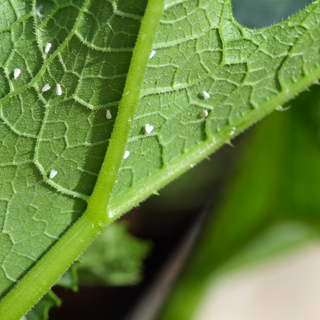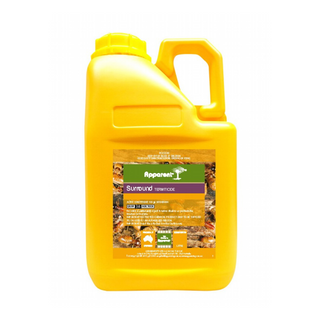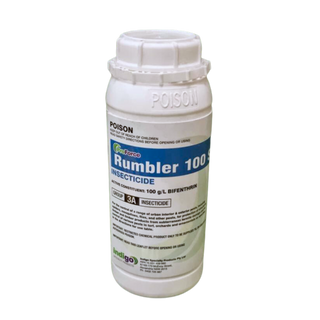Latin name: Bemisia tabaci MEAM1
Whiteflies, also known as snow flies (Aleyrodidae), are tiny insects that feed on plant sap and are commonly found on the underside of leaves. They belong to the same group of sap-sucking insects as aphids, mealybugs, and scale insects. When disturbed, these insects often take flight. Adult whiteflies resemble miniature moths with bodies and wings coated with a powdery white wax. Their nymphs, or larvae, have a flattened oval shape and resemble scale insects more closely.
Damage Caused by Whiteflies
Whiteflies excrete a sticky residue (honeydew), that fosters the growth of sooty mould. Generally, low populations of whiteflies do not pose significant harm, and adults on their own typically do not cause substantial damage unless they are vectors for plant viruses. Such viruses can lead to uneven ripening in tomatoes and blanching in carrots and broccoli.
However, whitefly feeding can stunt plant growth in large numbers and lead to leaf distortion, discolouration, yellowing, or a silvering effect. Whiteflies are problematic for fruit trees, ornamentals, and vegetables. Certain species, like the silverleaf whitefly (Bemisia tabaci), have a broad host range and can infest over 500 plant species.
Species in Western Australia
Western Australia hosts five significant whitefly species. Apart from the citrus whitefly and the native Bemisia tabaci variant, all other species have been introduced. In particular, the greenhouse and silverleaf whiteflies are known for causing extensive damage to commercial crops locally and internationally.
Identifying whiteflies can be particularly challenging since adults generally appear white to off-white in colour, measure about 1.5–2.5mm, and resemble tiny moths. The most distinctive characteristics for species identification are found during the pupal stage, which is crucial for accurate identification.
Life Cycle and Habits
Whiteflies undergo a similar life cycle across different species, transitioning from egg to adult through four nymphal stages. Male and female adults are alike, though females tend to be larger.
Female adults lay oval-shaped eggs in horseshoe or circular patterns on the undersides of leaves. Tiny crawlers, about 0.3mm in length, emerge from the eggs and initially move across the leaf surface. Within approximately a week, the crawler settles and remains stationary through its second to fourth instars. The whitefly larva is flat and oval, resembling a scale insect, and loses both legs and antennae after the first moult. The nymph remains attached to the leaf surface, varying in colour from yellowish in herbaceous plants to black in woody plants. The final nymphal stage feeds before metamorphosis begins.
Adults emerge from what is often mistakenly called the pupa stage. Initially pale green or yellow, they soon secrete a white, waxy coating. Throughout all stages, whiteflies feed by extracting juices from leaves and expelling excess fluid as honeydew.
Whitefly populations can surge rapidly in warm climates, with peak occurrences typically in spring and autumn. Multiple generations can occur annually, with the entire life cycle potentially completing in 18 days at 28°C, depending on the species. It is expected to find all stages of growth on leaves simultaneously.
SOLUTIONS:
- Bait: Insect Glue Traps
- Contact: Apparent Surround or Proforce Rumbler 100SC



